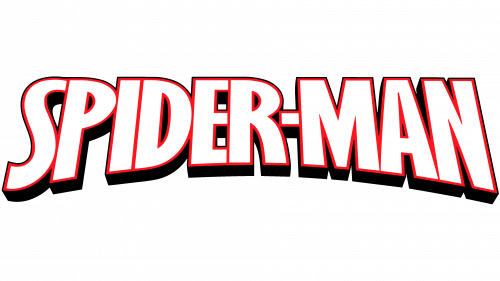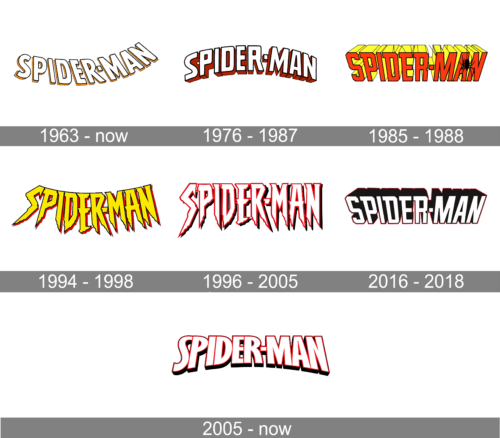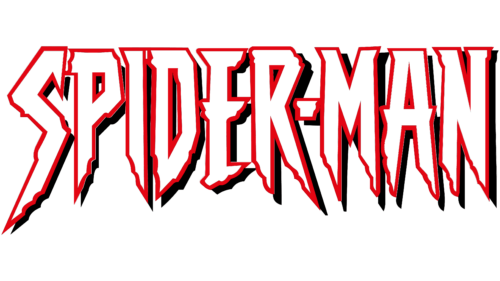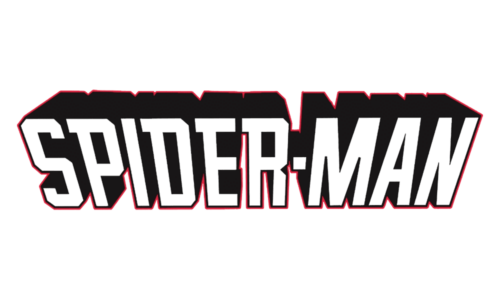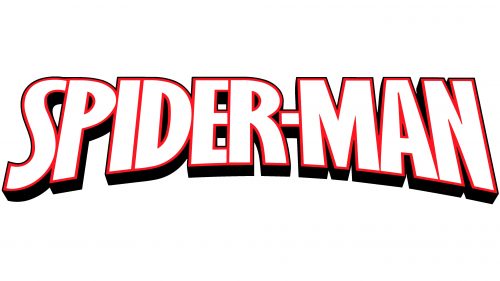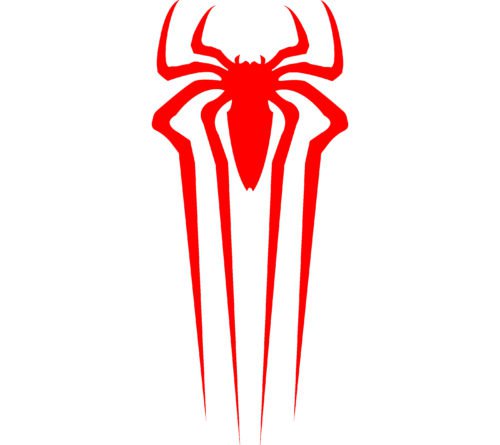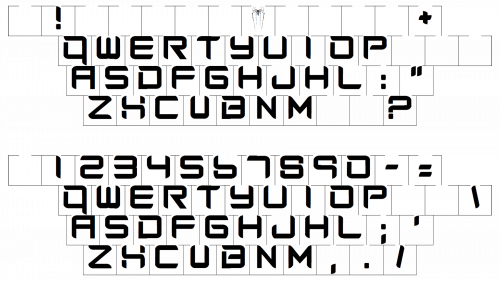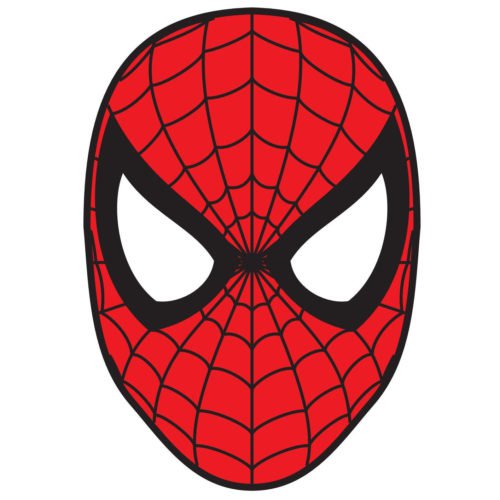The evolution of the Spiderman logo has been closely interconnected with the evolution of Spider-Man himself. One of the most iconic and recognizable superheroes in the world has gone through numerous amendments.
Who owns Spiderman comics?
Marvel Studios owns Spiderman comics, part of a universe filled with superheroes who lead dual lives. The Spiderman saga, from his start as a humble college student to an Avengers member, is celebrated through merchandise, comic series, and movies. Etsy supports small businesses and creative entrepreneurs offering Spiderman-themed items, emphasizing the importance of a vibrant community that values the superhero’s enduring legacy.
Meaning and history
Even though Spider-Man appeared several decades later than the most famous superheroes in the world, Superman and Batman, he is the third on that list, embodying a vibrant community of real people who saw in him a reflection of their own struggles and dreams. The character’s unique gift ideas, from his iconic Spiderman costumes to the variety of toys and t-shirts featuring the first Spiderman logo, have cemented his place in the hearts of fans around the world.
The extraordinary tale of this teenage superhero began in the early 1960s when Stan Lee and Steve Ditko, browsing through their vast imagination, clicked on an idea that would revolutionize the comic book world. They introduced the world to the ordinary teenager Peter Parker, who, after being bitten by a radioactive spider, gained not just superpowers like spider-sense, the ability to climb walls, and cartridges shooting spider webs, but also a sense of responsibility that was a turning point in his life. This balance of power and responsibility, combined with the clarity of Stan Lee’s vision and Steve Ditko’s art, struck a chord with readers. And even though Peter faced adversaries like the Hobgoblin and Kingpin, his biggest battles were often with his own doubts and fears, making him a symbol of perseverance and wisdom.
Spider-Man first swung into the public’s imagination in the pages of Amazing Fantasy #15 in August 1962, a listing page that would become legendary. This debut was a mystery wrapped in the vibrant orange color and yellow letters of the comic’s cover, promising adventure and excitement. Peter Parker, navigating the entire city of New York without a mentor, embodied the DIY spirit of craft supplies turned into superhero gadgets, showing that with great power comes an even greater DIY ethic. His journey from a teenager grappling with his identity to a hero the whole city could rely on was filled with the symmetry of personal growth and the pursuit of justice.
Following his debut, Spider-Man appeared in several magazines, but the most significant was The Amazing Spider-Man, a series that offered a subscription model not unlike the newsletters of today, providing fans with regular updates and exclusive offers on Spider-Man merchandise, including made-to-order items that showcased the spiderman symbol with new logo design variations. This series, along with TV series and cartoons, expanded Peter Parker’s universe to include a whole host of characters like Aunt May, Uncle Ben, and fellow superheroes such as Iron Man and Captain America, each adding layers to Spider-Man’s story.
Peter’s alter ego was not just a superhero but a symbol for teenagers everywhere, struggling with their own alter egos as they navigated the complexities of growing up. His encounters with characters like Andrew Garfield and Tom Holland in the broader Spider-Man universe added a new dimension to the narrative, reflecting the changing face of teenage superheroes in media.
Spider-Man’s legacy is not just in the pages of comics or the frames of movies but in the hearts of the countless fans who see in him the extraordinary care and sense of responsibility needed to navigate the challenges of life. His story is a reminder that everyone, no matter how ordinary they may seem, has the potential to do something extraordinary.
What is Spider-Man?
Spider-Man is the name of one of the world’s most popular superheroes, which was created by Marvel Comics at the beginning of the 1960s. Today the franchise consists of thousands of comic books, nine animated series, and dozens of video games.
1963 – Today
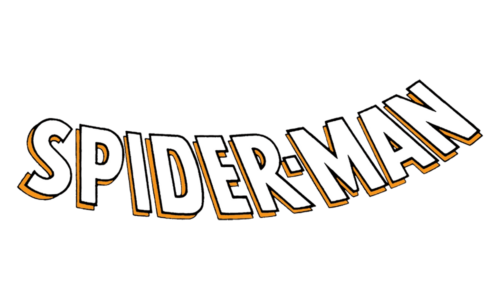
Originally, the logo consisted of a single wordmark written as ‘Spider-Man’, but with exclusively capital letters. The font used here was a soft-shape sans-serif style. The colors: yellow with red undersides. By ‘undersides’, one should mean the sides seen because of the perspective effect. The word was also curved downwards somewhat.
1976 – 1987
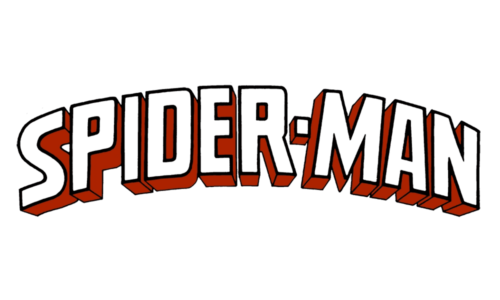
The wordmark used then uses wider, more linear shapes. They also reversed the curve upwards and shifted the color scheme to white letters with red undersides.
1985 – 1988
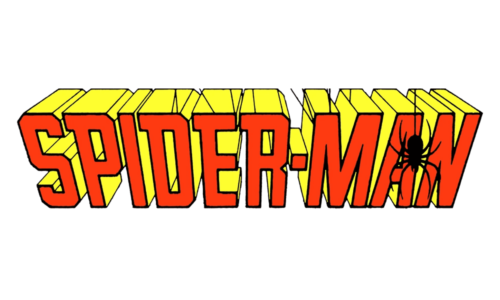
The 1985 logo was a lot stricter. Now, they made them look like proper 3D constructs (like the wordmark in the intro of 20th Century Fox). They were viewed on as if from above. The font used here is even more linear, and the letters are much taller and more proportioned. The colors switched to red with yellow.
1994 – 2005
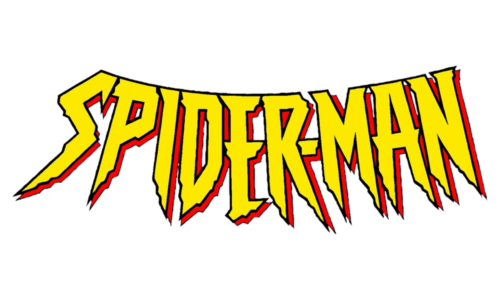
This is the wordmark for the ‘Spider-Man: the Animated Series’. They finally made it flat and upgraded the font to look more aggressive and fell spider-y, so to speak. They basically made the letters extra tall, jagged and covered in red outlines. The letters proper were white.
1996 – 2005
In 1996 has straightened up the gothic and a bit scary typeface of the previous version, placing the inscribe in a horizontal line, but switching the color palette to white and red, which has created a cleaner and a more modern look. This version of the logo stayed in use by the franchise for almost ten years.
2016 – 2018
The redesign of 2016 has introduced a more geometric and stable style of the Spider-Man logotype; with the white letters in a thin red outline featuring a heavy black shadow, rounded corners and smooth square shapes of the characters. The angle of the insignia created a very energetic feeling, full of motion and power.
2005 – Today
When in 1966 John Romita, Sr. started to work as the main artist, he changed the color scheme of the superhero’s costume, replacing most of the black surfaces with blue. However, the logo remained identical. It was only in 1984 that the logo was heavily modified. To suit the Symbiote costume, the emblem was made several times bigger. Due to its white color, it stood out against the black background. Interestingly enough, the idea for the costume was contributed not by a professional designer but by a fan, Randy Schueller. Marvel purchased the idea and commissioned Mike Zeck and Rick Leonardi to bring it to life.
2013 emblem
The Superior Spiderman logo (2013) designed by Humberto Ramos was inspired by a draft, which Alex Ross created for the first episode of the series. The spider was bigger than in most other costumes and had an unusual outline.
How to draw a Spiderman logo?
To draw the Spiderman logo, sketch a round eight-legged spider with claw-like legs on a strong web background, showcasing Spiderman’s agility. For inspiration, Shutterstock offers illustrations and vectors of the Spiderman emblem available royalty-free. This platform provides a selection of creative goods, allowing artists to share their work with a global marketplace interested in unique, handmade pieces.
Alternative logos
We cannot but mention the 1992 design created by Rick Leonardi. The costume featured a spider, whose body resembled a skull. The outfit belonged to the first Hispanic Spider-Man.
The Ultimate II version introduced in 2011 sported a red insect against the black background. The author of the image was Sara Pichelli.
Font
The Spiderman logo does not include any wordmark. The way the superhero’s name is shown may differ from one episode of the series to another.
What font is the Spiderman logo?
The Spiderman logo features dynamic, angular lettering, reflecting the superhero’s agility. While the exact font may not be available for purchase, similar styles can be found online. Updating to the latest version of your web browser ensures access to high-quality images and fonts, aiding creators in adding an appealing touch to their Spiderman-themed merchandise.
Color
In most cases, the spider and its net are black, while the background is red. Some of the exceptions to this rule include the versions that appeared in 1984 (white spider, black background) and in 1994 (blue background), as well as special costumes.


